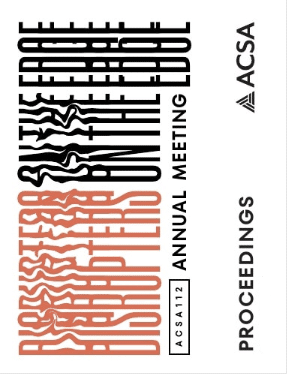Author(s): Amanda Aman
Alaska has always existed with a ghosted veil of polar romanticism where eternal sunsets and magical aurora bring life to untouched landscapes locked within the grip of deep freeze. These landscapes are greatly embedded with histories of habitation and of seasonal movements of people and wildlife in a vast nomadic range. They are layered with traces of the intimate relationships held with these histories, as their inherent ecologies do not distinguish what is human and what is not. A deep understanding of the behavioral intricacies of these systems exists as a function of this interdependence for Native peoples. In Alaska, this finds expression in an elaborate vocabulary about the formation and type of ice, for example, but one which also describes its sentience and its agency – the same principle being applied to animals – so as to be completely in tune with what is both seen and hidden. These relationships are subject to harsh realities, however, with the insurgence of climate change. In addition to the continued grappling with the effects of colonization and modernization, their subsistence lifestyle that defines their culture – their relationships, philosophy, spirituality, healthcare, artistic expression, education, economy, and more – is being severely threatened.
https://doi.org/10.35483/ACSA.AM.112.76
Volume Editors
Germane Barnes & Blair Satterfield
ISBN
978-1-944214-45-6

 Study Architecture
Study Architecture  ProPEL
ProPEL 
